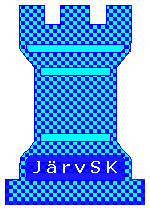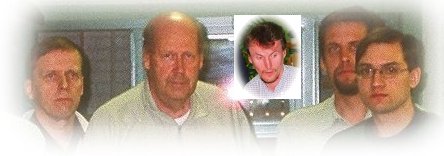
|
by Ari Luiro |
|
The Järvenpää Chess
Club (abbreviated as JärvSK) is a Finnish Chess Club close to Helsinki.
|
|
The Club players have recently succeeded very well
in tournaments and correspondence chess. The Club has raised Jukka and Tomi
Nybäck, who won the 1999 Finnish Championships in the 12 and 14-year-old
junior series; they were active club members from 1996 to 2000.
Tomi Nybäck has become one of the most promising
player of his age in Finland; he became National Master in July 2000
and International Master in July 2001.
Mr. Aarre Tiilikainen won eight games, drew six and didn't
lose a game in an European masters' correspondence chess tournament in 1997-99.
Mr. Esko Nuutilainen is the editor of Suomen Shakki
and Kirjeshakki, Finnish chess and correspondence chess magazines.
|
OUR IDEAL
A Finnish chess theoretician of the 19th century
The most famous Finnish chess author ever lived is still Carl
(Karl Friedrich von)
Jaenisch (1813-1872). He was born in Viipuri (the second largest city
in Finland at the time),
and his last name Jaenisch is probably a Germanized spelling of the Finnish word
jänis, which means hare.
He became an assistant professor of mechanics in St. Petersburg. In 1838
he began to write a book on openings. Two years later Jaenisch traveled to Warsaw and
Germany where he collaborated with Petroff and Lasa, the two best analysts of the time.
He wrote all his scientific books in French, including the chess classic Analyse
Nouvelle des Ouvertures du Jeu des Échecs (1842-3). With this book and Bilguer's
Handbuch (1843), the development of modern opening play began.
|



